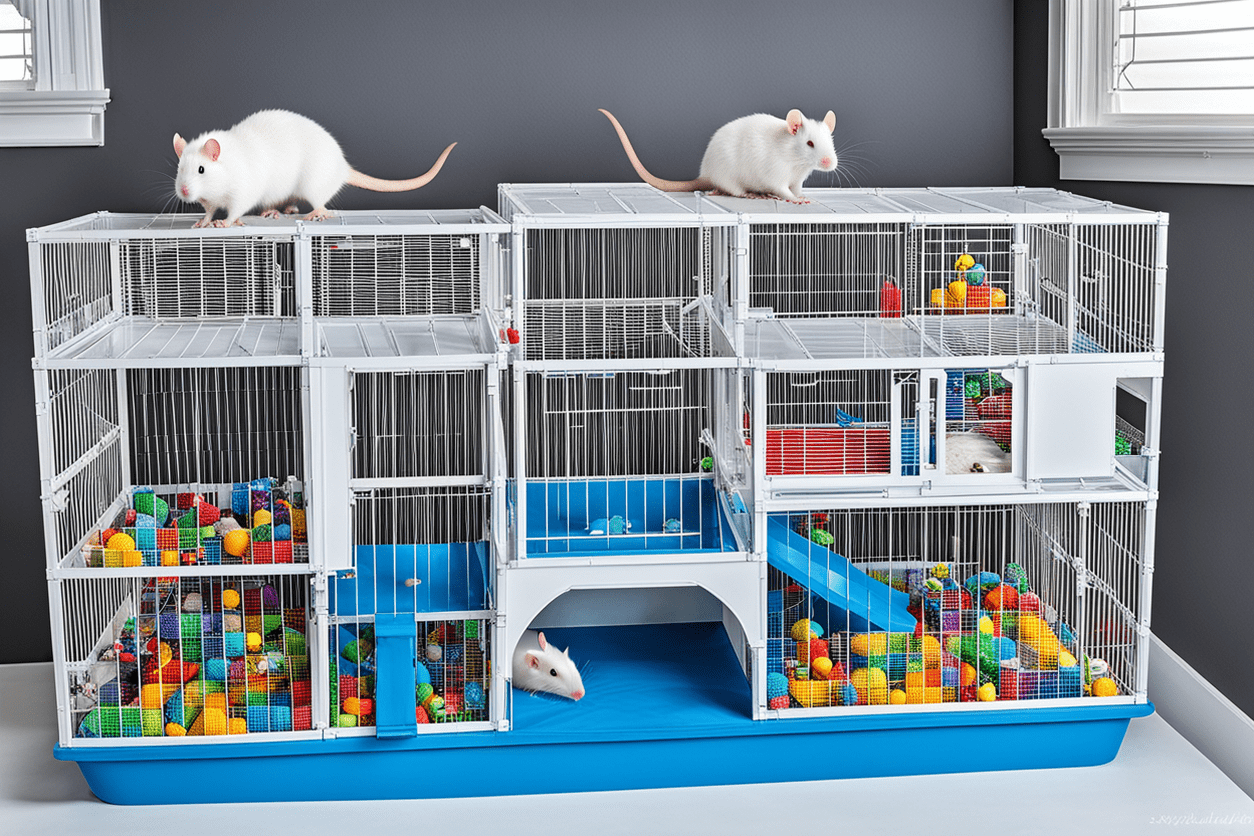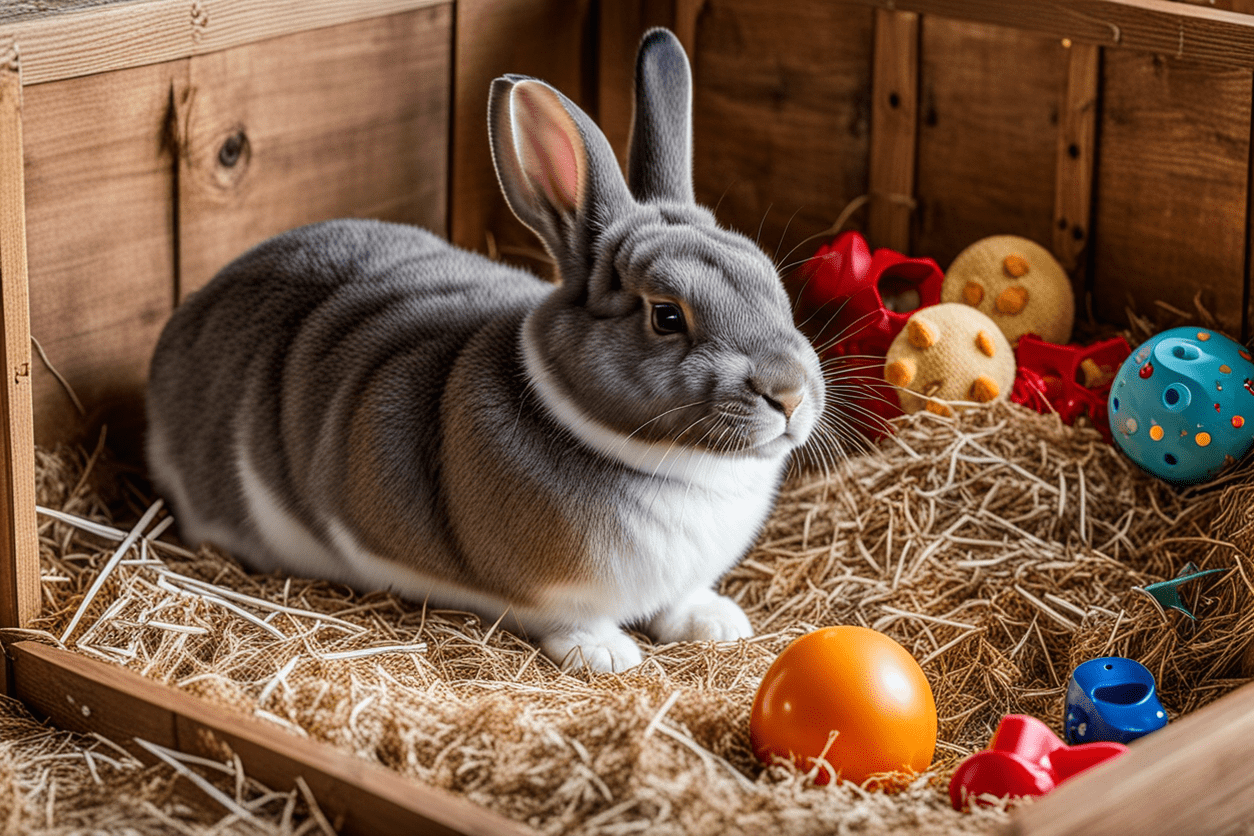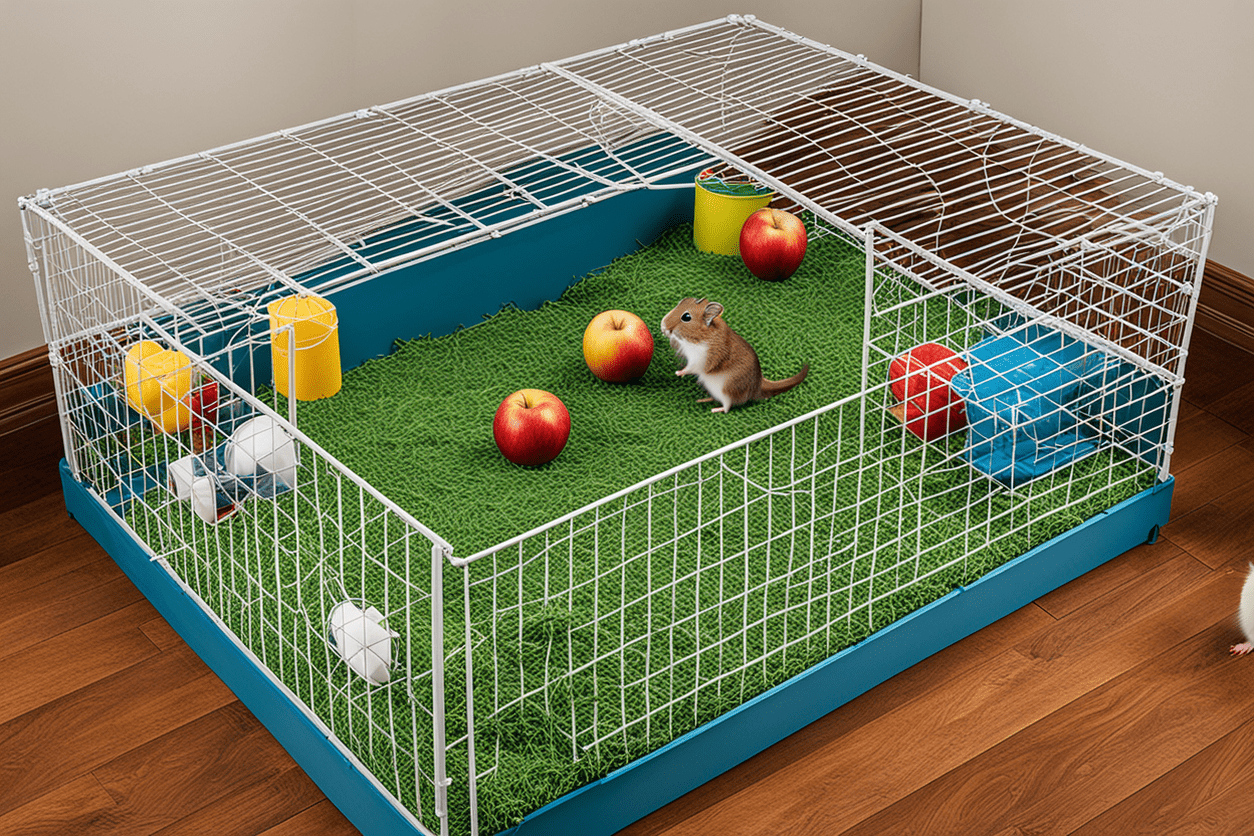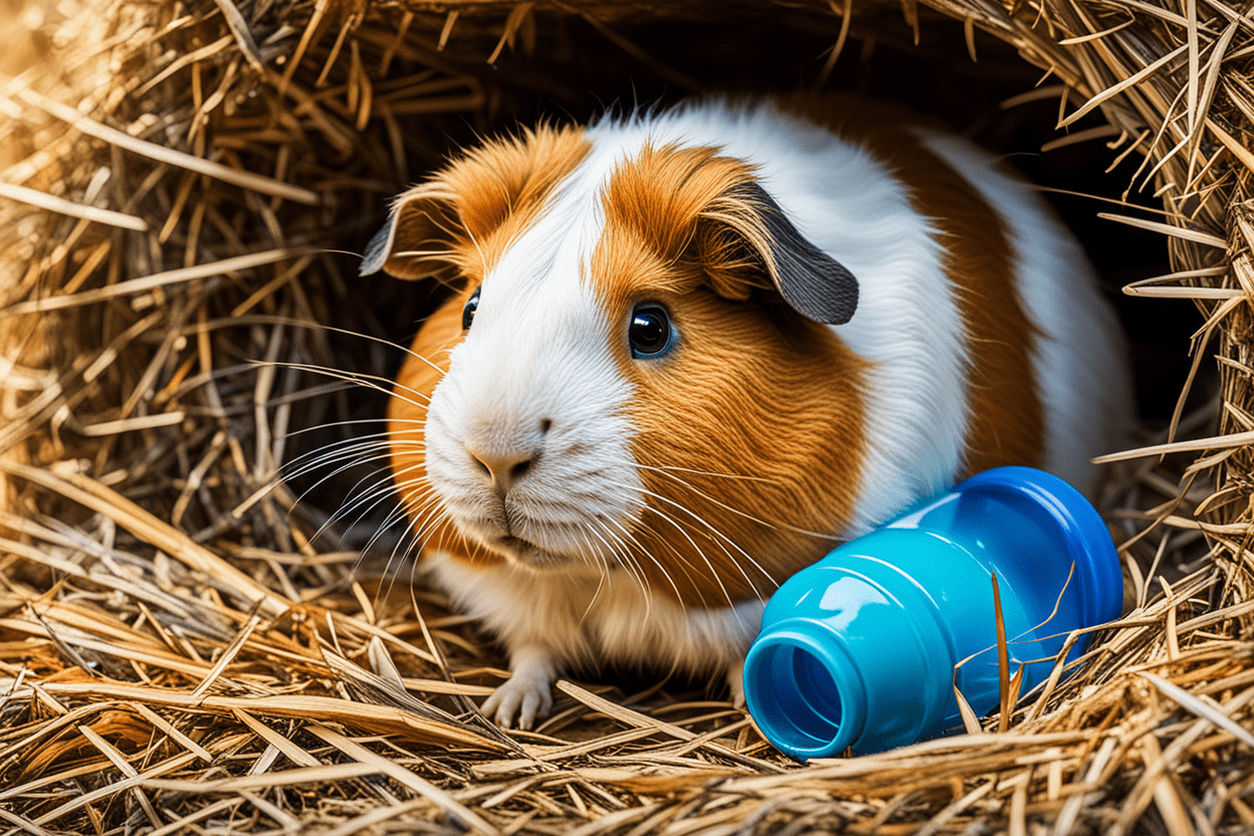How to Keep Your Pet Calm During Vet Visits
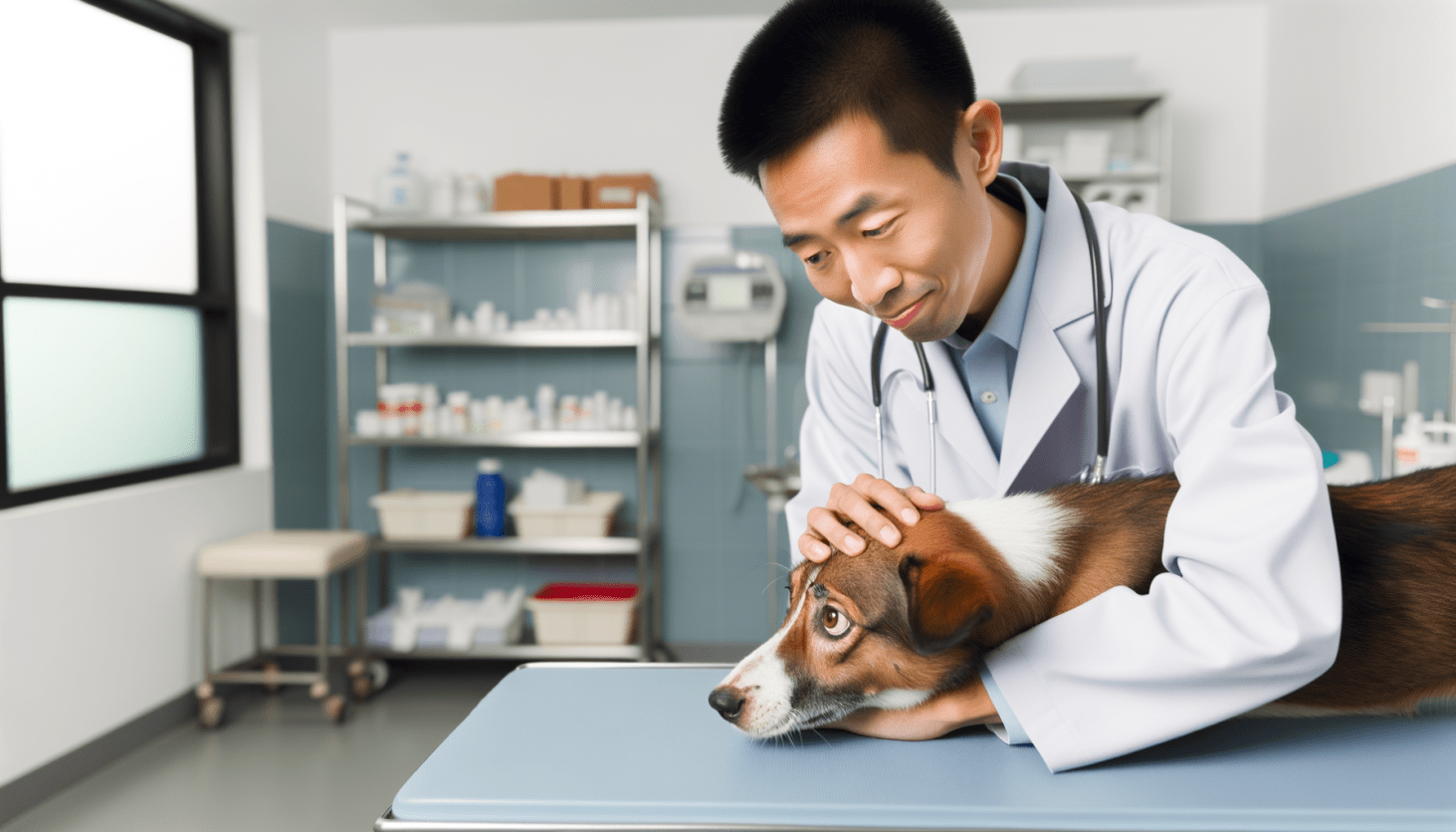
Introduction
Veterinary visits can be stressful for pets and owners alike. Just as humans often feel apprehensive about doctor appointments, pets can experience anxiety and fear during vet visits. While it is challenging, ensuring a pet remains calm not only makes the visit smoother and less stressful but also makes it more effective. A calm pet is easier to examine, diagnose, and treat. In this article, we will delve into various strategies and tips to help keep your pet calm during vet visits.
Understanding Pet Anxiety
Pets, much like humans, can experience anxiety due to various factors:
- Unfamiliar Environments: New sights, sounds, and smells can overwhelm pets.
- Past Negative Experiences: A previous painful or scary experience at the vet can leave lasting memories.
- Separation Anxiety: Some pets feel anxious when separated from their owners.
- Lack of Socialization: Pets that haven't been exposed to different environments or people may be more prone to anxiety.
Recognizing the signs of anxiety in your pet is the first step in helping them. Common signs include:
- Panting or excessive drooling
- Pacing or restlessness
- Vocalization (whining, barking, meowing)
- Attempting to escape or hide
- Dilated pupils
- Trembling
Pre-Visit Preparation
1. Acclimatize Your Pet
Familiarity with the veterinary environment can reduce anxiety. Here are some steps to acclimatize your pet:
a. Mock Vet Visits: Take your pet to the vet without having a medical appointment. Let them explore the waiting room and meet the staff. This makes the environment less intimidating.
b. Positive Reinforcement: Bring treats or favorite toys and reward your pet for calm behavior during these mock visits. This creates a positive association with the vet clinic.
c. Carrier Training: If you use a carrier to transport your pet, make sure they are comfortable with it well in advance. Leave the carrier out at home, place treats inside, and allow your pet to explore it at their own pace.
2. Routine Practice
Just as athletes practice before a big game, pets can benefit from practicing routine vet visit scenarios:
a. Handling Desensitization: At home, regularly touch your pet's ears, paws, mouth, and belly. Reward them for remaining calm. This makes the actual examination less foreign.
b. Car Rides: Many pets associate car rides with vet visits. Regular, non-vet related car rides can help break this association. Start with short rides and gradually increase duration.
3. Calming Products
Various products can help calm your pet:
a. Pheromone Sprays and Diffusers: Products like Feliway for cats and Adaptil for dogs release comforting pheromones that can reduce anxiety.
b. Calming Supplements: Natural supplements like L-theanine or tryptophan, available in various pet-friendly formulations, can have a calming effect.
c. Anxiety Wraps: Products like the Thundershirt apply gentle pressure to your pet's body, providing comfort during stressful situations.
The Day of the Visit
1. Remain Calm
Pets are sensitive to their owner's emotions. If you are anxious, your pet will likely pick up on it and become anxious as well. Practice deep breathing, stay positive, and speak in a calm, soothing voice.
2. Timing is Everything
Try to schedule your appointment at a time when the clinic is likely to be least busy. Early morning or late afternoon appointments often have shorter wait times and fewer animals in the waiting area.
3. Bring Comfort Items
Bring along a favorite toy, blanket, or bed to comfort your pet. The familiar scent and presence of home can have a calming effect.
4. Treats and Rewards
Bring plenty of high-value treats to reward your pet for calm behavior. Treats can also be used to distract your pet during anxiety-inducing moments.
During the Visit
1. Stay Close
Your presence is a source of comfort for your pet. Stay near them throughout the visit, speaking softly and offering treats or familiar items for reassurance.
2. Communicate with the Vet
Let the veterinary staff know about your pet's anxiety and any strategies you have found effective. They may have additional suggestions or be able to adjust their handling to be more comforting.
3. Gentle Handling Techniques
Ask the vet whether specific handling techniques can be used. For example, with cats, allowing them to stay in their carrier for as long as possible or covering the carrier with a blanket can help them feel safer.
4. Distraction Tactics
For particularly anxious pets, distraction tactics can be effective. This could include:
- Treats: Offering treats during the examination.
- Toys: Bringing a favorite toy to distract and comfort them.
- Music or Sounds: Soft, calming music or familiar sounds from home.
Post-Visit Strategies
1. Positive Reinforcement
After the vet visit, reward your pet with praise, treats, or a favorite activity. This reinforces the idea that vet visits are followed by something positive.
2. Reflect and Adjust
Reflect on what worked and what didn't. Every pet is unique, and ongoing observation and adjustment are key to finding the most effective strategies for your pet.
3. Gradual Exposure
If your pet remains highly anxious, consider shorter, more frequent visits to the vet, even if just to say hello and leave. This reinforces the idea that visiting the vet is a normal, non-threatening part of life.
Consulting a Professional
1. Behavioral Specialists
If your pet's anxiety is severe, consider consulting a veterinary behaviorist. These professionals can provide personalized strategies and possibly medication to help manage your pet's anxiety.
2. Training Programs
Enroll your pet in training programs or classes that specifically address anxiety and stress management. Well-socialized pets generally cope better with new experiences, including vet visits.
Conclusion
Keeping your pet calm during vet visits is achievable with the right preparation and strategies. By focusing on acclimatizing your pet to the vet environment, using calming products, practicing handling techniques, and maintaining your own calm demeanor, you can significantly reduce the anxiety associated with vet visits. Remember, every pet is unique, and it might take some time to find what works best for yours. With patience and persistence, vet visits can become manageable and even routine, ensuring that your pet receives the care they need without undue stress.

